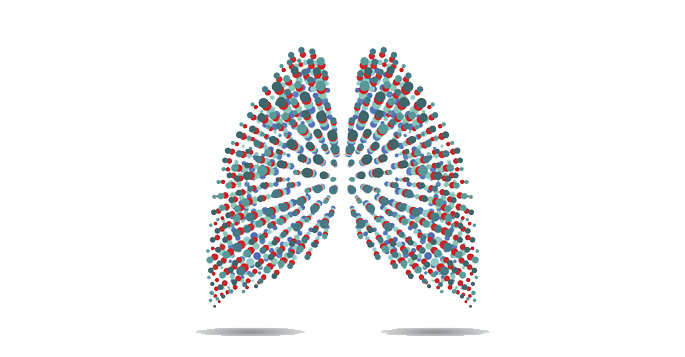by Kate Venmer
Recent lapses in the handling of highly toxic and pathogenic materials at several federal laboratories have prompted the National Institutes of Health (NIH) to announce a new biosafety stewardship initiative.
On Aug. 28, the Vanderbilt Institutional Biosafety Committee (IBC) received a letter from NIH Director Francis Collins, M.D., Ph.D., announcing September as “National Biosafety Stewardship Month” and asking Vanderbilt, as an NIH grantee, to strengthen its biosafety practices and culture.
The IBC conducted a biosafety program assessment, and in late September launched a Biosafety Stewardship campaign.
“We see the campaign at the research lab level taking place over the next several months,” said Robin Trundy, assistant director of Biological and Animal Care Safety in the Vanderbilt Department of Environmental Health and Safety (VEHS).
The IBC is the NIH-mandated oversight body charged with reviewing all research use of recombinant or synthetic nucleic acid molecules, infectious agents, potentially infectious materials and toxins of biological origin.
As a first step, the IBC will survey all IBC-registered labs to collect information about stored biological materials.
Investigators will be asked to review their inventories and declare any agents that may fall under the select agent and toxin rules of the U.S. Centers for Disease Control and Prevention (CDC). Labs that lack clearance to handle such agents should report them immediately to VEHS.
Next, VEHS will launch an aggressive biosafety training campaign to ensure that all researchers are properly trained in handling biologics.
IBC-registered principal investigators will receive a status report of their lab personnel detailing the training they have received along with their IBC approval letters, which indicate the biosafety level (BSL-1 through 3) for which they are currently approved.
These documents will help investigators determine the training needs of their lab personnel and will offer ways to address those needs.
In anticipation of a large number of BSL-2 safety courses that will be required, Trundy has already scheduled six “Biosafety Refresher” courses to be offered through the end of the year.
An online training module for investigators and personnel working with low-risk biological materials is being developed and will be available to the Vanderbilt research community later this month.
VEHS also will develop and distribute promotional materials to departments conducting biological materials research. The goal is to raise awareness of Vanderbilt’s Biosafety Program and of the resources available to ensure a “biosafe” lab environment.
For more information on proper biosafety practices, training and regulations visit http://www.safety.vanderbilt.edu/bio/.















